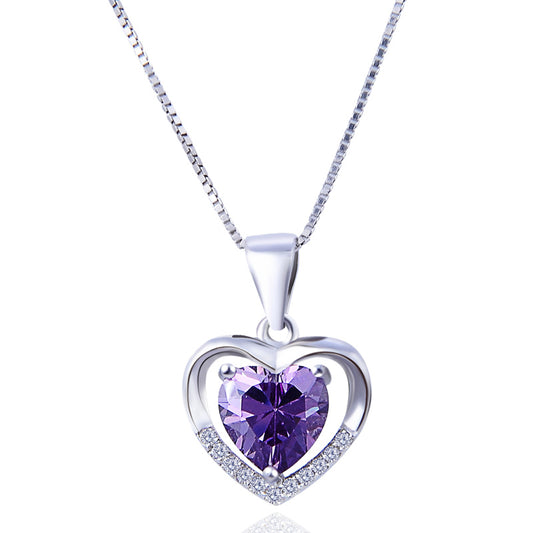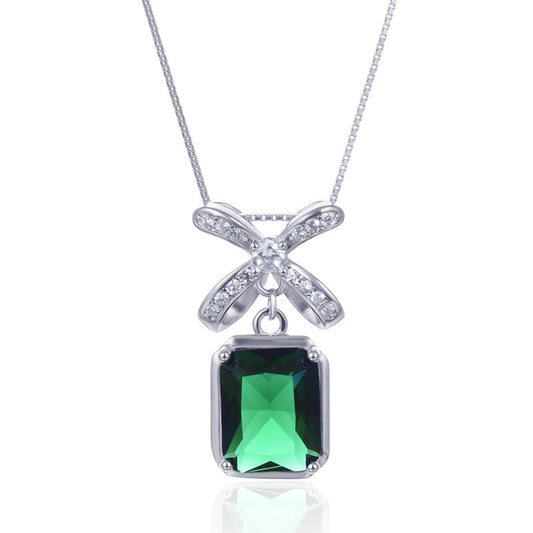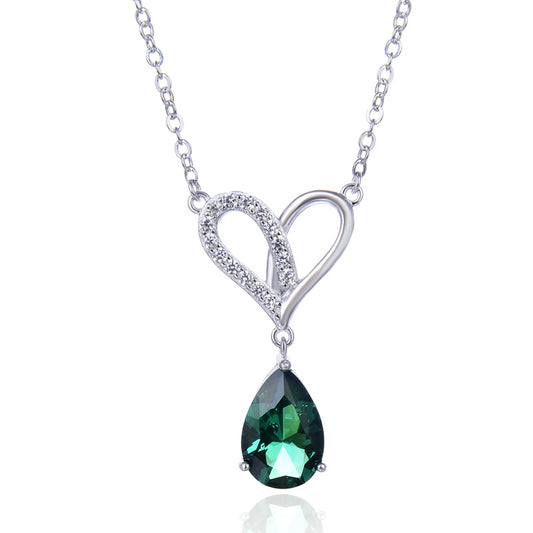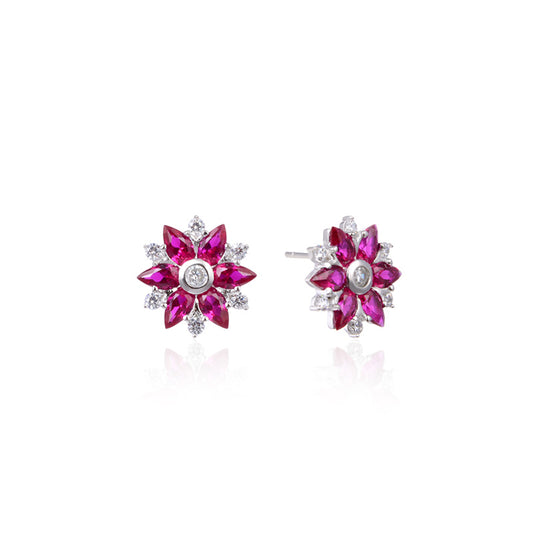The Ultimate Guide to Flower Tattoos
Tattoos have been a part of human culture for thousands of years, with various designs and meanings across different cultures and eras. Among these, flower tattoos have always held a special place due to their versatility, beauty, and symbolism. In this comprehensive guide, we'll delve into the world of flower tattoos, exploring their meanings, designs, placements, and more.
History of Flower Tattoos
The history of tattoos dates back thousands of years, with evidence of tattooing found in ancient cultures around the world. Flower tattoos, in particular, have a rich historical background. In ancient Egypt, for instance, lotus flower tattoos were a symbol of purity, rebirth, and transformation. In Japan, cherry blossoms (or sakura) tattoos represented the transient beauty of life and the acceptance of impermanence.
In Western cultures, tattoos gained popularity among sailors and military personnel in the 18th and 19th centuries. Flower tattoos were often chosen as a symbol of hope, life, and remembrance, especially during wartime. Over time, tattoos became more mainstream, and flower designs evolved to encompass a wide range of styles and meanings.
Meanings of Flower Tattoos
Flower tattoos can carry a variety of meanings, depending on the type of flower and the wearer's personal interpretation. Here are some common flowers and their general symbolisms:
- Rose: Love, beauty, and passion. Different colors of roses can also carry specific meanings (e.g., red for love, white for purity, yellow for friendship).
- Lotus: Purity, enlightenment, and rebirth. Often associated with Buddhist and Hindu symbolism.
- Cherry Blossom: Beauty, the transient nature of life, and renewal.
- Lily: Innocence, purity, and motherhood.
- Daisy: Innocence, loyal love, and cheerfulness.
- Sunflower: Positivity, happiness, and loyalty.
It's important to note that these meanings are not absolute. The wearer's personal connection to the tattoo and its design can significantly influence its interpretation.
Designs and Styles of Flower Tattoos
Flower tattoos come in a wide range of designs and styles, from traditional to modern, realistic to abstract. Here are some popular design variations:
- Realistic: These tattoos aim to replicate the natural beauty of flowers as closely as possible, often with intricate details and lifelike colors.
- Geometric: This style uses shapes and lines to create abstract representations of flowers, often with a more minimalistic and modern aesthetic.
- Watercolor: Inspired by the loose and free-flowing style of watercolor paintings, these tattoos feature soft edges and bright, often blended colors.
- Trash Polka or Blackwork: A more contemporary style that combines black ink with negative space to create bold and striking designs.
- Single Flower vs. Bouquet: Tattoos can feature a single, prominent flower or a bouquet of different flowers, each with its own symbolism.
Placement of Flower Tattoos
The placement of a tattoo can enhance its meaning and aesthetics. Flower tattoos are versatile and can be placed almost anywhere, depending on the wearer's preference and the design's size and complexity. Here are some common placement ideas:
- Wrist or Forearm: Smaller, more delicate flower designs look great on the wrist or forearm. These are highly visible locations that allow the wearer to easily show off their tattoo.
- Back or Shoulder: Larger, more complex designs often look best on the back or shoulder, providing ample space for intricate details and multiple flowers.
- Ankle or Foot: Smaller, simple flower tattoos can be discretely placed on the ankle or foot, perfect for those who want a more subtle tattoo.
- Chest or Ribcage: Flower tattoos on the chest or ribcage can be both sexy and symbolic, often representing something close to the wearer's heart.
Maintenance and Aftercare
Proper aftercare is crucial for the healing process and the longevity of your tattoo. Here are some essential aftercare tips:
- Keep It Clean: Gently wash the tattooed area with lukewarm water and antibacterial soap, then pat dry with a clean towel. Avoid scrubbing or picking at the tattoo.
- Moisturize: Apply a thin layer of unscented lotion to keep the skin hydrated and prevent scabbing. Avoid using petroleum-based products like Vaseline, as they can clog pores and trap bacteria.
- Avoid Direct Sunlight: Keep your tattoo out of direct sunlight for at least a few weeks to prevent fading and sunburn. If you must be in the sun, use a strong sunblock.
- Avoid Irritants: Stay away from chlorinated water, hot tubs, and saunas for at least two weeks. Avoid tight clothing around the tattooed area to prevent irritation.
- Follow-Up Care: If you notice any signs of infection (redness, swelling, pus), consult a doctor immediately.
Cost and Pricing Factors
The cost of a flower tattoo varies depending on several factors:
- Size and Complexity: Larger and more complex tattoos require more time and skill, thus costing more.
- Location: Tattoo studios in major cities or tourist destinations may charge higher rates due to higher overhead costs.
- Artist Experience: More experienced or award-winning artists may charge a premium for their services.
- Color and Detail: Tattoos with multiple colors and intricate details take longer to complete, affecting the final cost.
When budgeting for a tattoo, it's essential to consider not just the initial cost but also any potential touch-ups or future maintenance.
Finding the Right Tattoo Artist
Choosing the right tattoo artist is crucial for a satisfying tattoo experience. Here are some tips for finding a reputable artist:
- Research: Look for tattoo studios in your area with good reviews and a solid reputation. Check out their websites, social media pages, and online portfolios.
- Consultation: Many tattoo studios offer free consultations. Use this opportunity to discuss your ideas, see the artist's work in person, and get a feel for their style and professionalism.
- Ask for Recommendations: Talk to friends or family who have tattoos and ask for their recommendations. Word-of-mouth is often a reliable way to find skilled artists.
- Check Credentials: Ensure the tattoo studio and artist are licensed and follow all health and safety regulations.
Conclusion
Flower tattoos are a beautiful and symbolic way to express oneself. Whether you choose a delicate rose on your wrist or a bold bouquet on your back, these tattoos can hold deep personal meaning. By following proper aftercare guidelines and selecting a skilled artist, you can ensure your tattoo not only looks stunning but also lasts for years to come.








